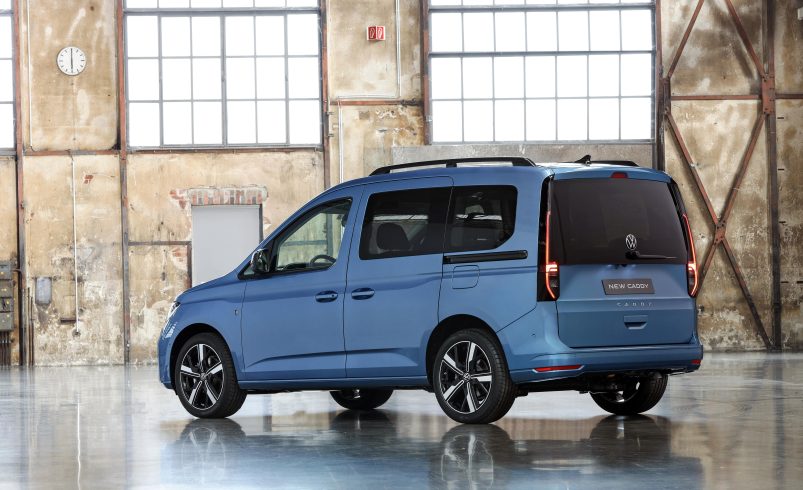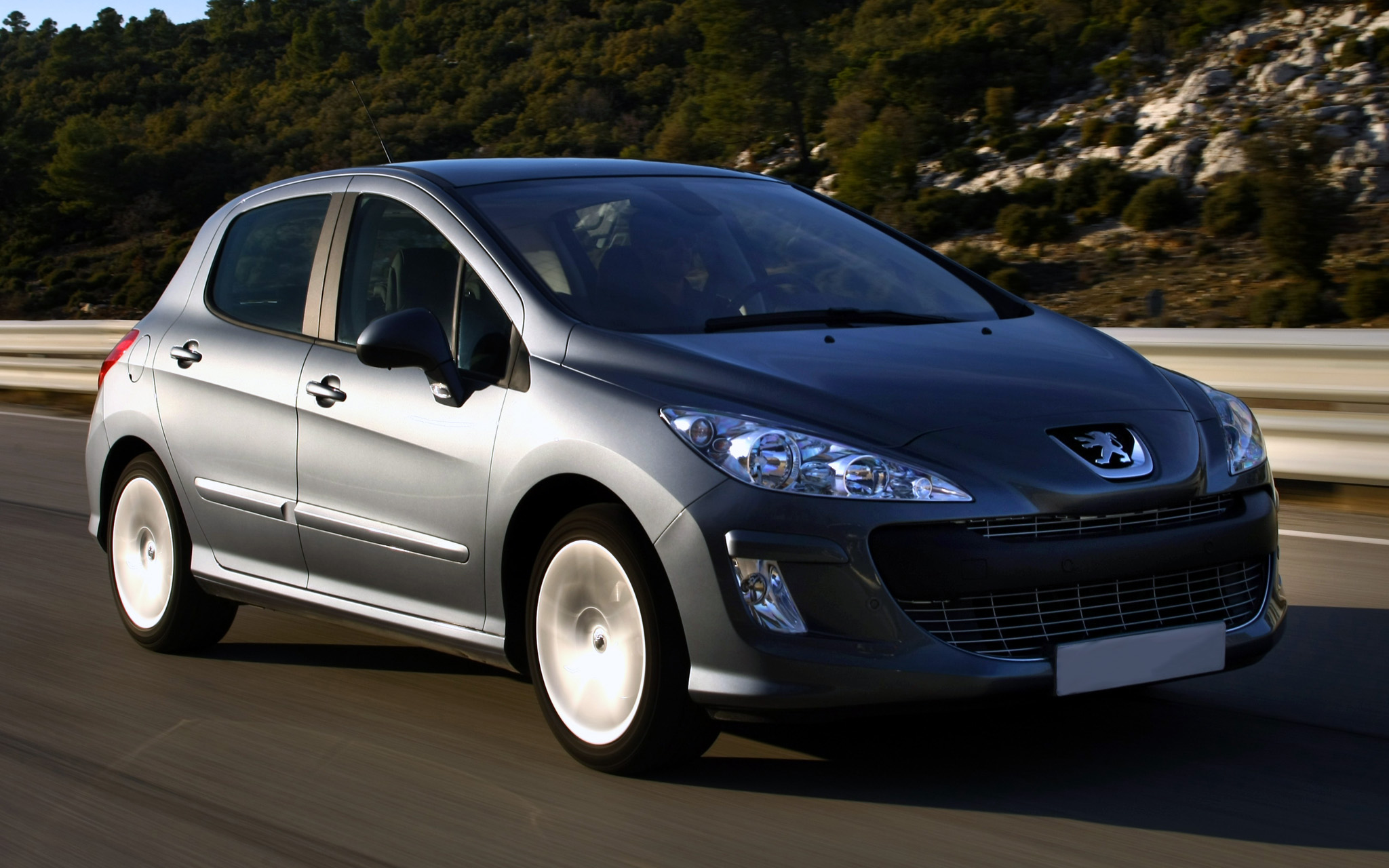Kia Niro

The front part extended the Tiger Face design from the hood to the fender. A C-pillar integrated with a boomerang-shaped LED rear combination lamp was applied to the side, and a vertical LED rear combination lamp was applied to the rear.
In the interior, recycled fibres were used on the ceiling of the vehicle and water-friendly paint without benzene, toluene, and xylene was added to the door panel. The bio-artificial leather sheet used fibres made from raw materials extracted from eucalyptus leaves. It is also equipped with driver assistance systems and infotainment such as head-up displays, remote smart parking assistance, rear passenger notification, and smart power tailgate.

The model was officially while the second-generation Niro EV debuted
Kia introduced the Kia Niro Plus. Released from the second half, the Niro Plus is a new variant of the Niro that maximises the onboard space by increasing the height of the vehicle by 80 mm, and by using thinner seats. The total length also increases by 10 mm. The second-row legroom was expanded by 28 mm by adjusting the position of the second-row seat. In addition, the taxi model was applied by additionally applying the power seat and reclining function of the Dongseungseok and lowering the height of the Dongseungseok headrest by 43 mm. An integrated All-in-One Display for taxi model includes navigation, app taximeter, digital tachograph and voice recognition. Two variants are offered: the Kia Niro Plus Taxi (specifically intended for cab drivers and only available in BEV) and the Kia Niro Plus (open to all types of customers and available in HEV, PHEV and BEV). The latter will be exported overseas
A battery electric version of the Niro was launched at the International Electric named Niro EV
It shares powertrain and battery configuration with the Hyundai Kona Electric. Niro EV is available in two battery versions: 39.2 kWh and 64 kWh. The batteries are liquid-cooled lithium ion polymer. Batteries are manufactured/supplied by SK Innovation, which is different from the Kona Electric, which uses batteries from LG Chem.
The 39.2 kWh version is propelled by a 100 kW (134 hp) permanent-magnet electric motor with 395 Nm (291 lb-ft) of torque and can travel up to 288 km (179 mi) on one charge, according to WLTP, while the 64 kWh version offers 455 km (283 mi) of WLTP range and has a more powerful 150 kW (201 hp) motor producing the same amount of torque.Both cars are front-wheel drive. the Niro EV has an official EPA range of 239 mi (385 km) on a full charge.

Both versions have a CCS charge port which enables DC rapid charging at up to 77 kW. The onboard charger power is 7.2 kW or optionally 11 kW.
pre-orders of the Niro EV began.The Niro EV is equipped with a 64.8 kWh high-voltage battery, smart regenerative braking system 2.0, and a battery system. And it can run 463 km (WLTP combined) on a single charge. Also, the battery conditioning function is applied to automatically adjust the battery according to the external environment.




